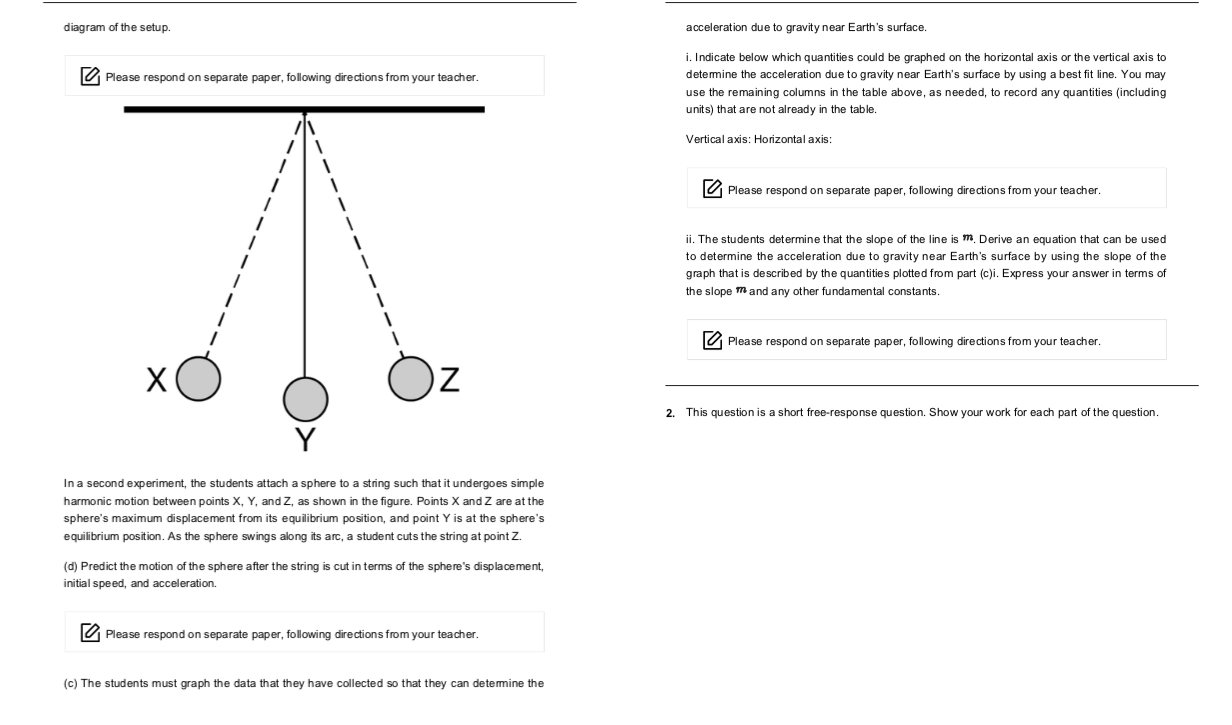

Clark (1939) using a reversible pendulum. The new result is 1.4 mgal less than that obtained at the fundamental station by J. The main contribution to the observed scatter of the results comes from microseismic disturbances.

These methods will be compared for the effectiveness and precision. Systematic errors, are believed to be very small this is particularly true of the error due to air resistance. The purpose of this lab is to measure the acceleration of a cart moving down an incline, and compare the measured value to the theoretical. In this lab, we will use several methods to measure the acceleration of an object due to gravity. The value of gravity as reduced to the British Fundamental Gravity Station in the N. Calculate the angle of this inclined plane. We could use a protractor to get a good estimate of this angle but we can also calculate what the angle is because we know that gravity is 9.8 m/s 2.

The separation of the two planes defined by the pairs of slits was measured interferometrically and referred directly to the international wavelength definition of the metre, while the time intervals were measured in terms of the atomic unit of time scale A l. The efficiency of performance in the laboratory depends largely on the preparation made before the experimental work begins. To determine the actual acceleration due to gravity, you would need to know the angle of the incline. The moving body was a glass ball and it was timed at its passage across two horizontal planes by the flashes of light that it produced when it passed between two horizontal slits which served to define each plane optically, the ball focusing light from one of the slits, which was illuminated, upon the other slit which had a photomultiplier placed behind it. As an object begins to fall, it moves faster and faster (its velocity increases) due to the acceleration caused by the Earth’s gravity.
ACCELERATION OF GRAVITY LAB FREE
A new absolute determination of the acceleration due to gravity at the National Physical Laboratory has been made by timing the symmetrical free motion of a body moving under the attraction of gravity it is the first time this method has been used. Need an engaging activity to get your students thinking about free-fall and acceleration due to gravity Look no further Use this inquiry lab as an. Acceleration of Gravity Lab Basic Version In this lab you will explore the motion of falling objects.


 0 kommentar(er)
0 kommentar(er)
